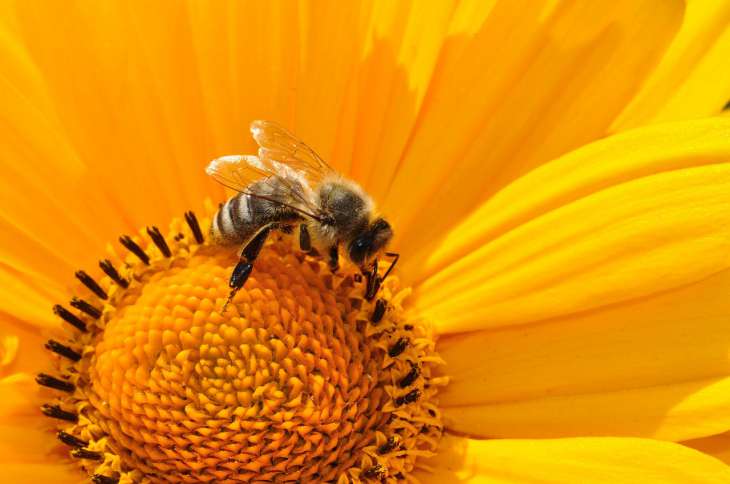Bees: Interesting Facts – Amazing Nature
Bees produce high-quality food products - honey, royal jelly and pollen, as well as other products such as beeswax, propolis and honey bee venom.
How bees see the world
They do not have a photoreceptor. However, they can see reddish wavelengths such as yellow and orange.
They can also see blue-green, blue, violet, and "bee purple."
The bee's purple color is a combination of yellow and ultraviolet light.
What bees can do
Bees can count from zero to four, are able to distinguish between painting styles and have their own “language”.

A bee can lift into the air a load that is twice its weight. In addition, she can pull an object weighing 20 times more than herself along a flat, smooth surface.
A bee can carry about 50 milligrams of nectar. True, she eats part of the collected nectar during the flight to maintain strength.
Researchers in Spain compared the brain sizes of 89 species of bees and found that urban habitats were more likely to be populated by species with larger brains.
How a bee chooses a flower
Bees use short wavelengths to navigate their flight.
Flowers use the bee's range of light sensitivity by placing areas on their petals that reflect short waves, and therefore serve as attractant signals that attract pollinating bees.
Previously, we talked about dolphins.


